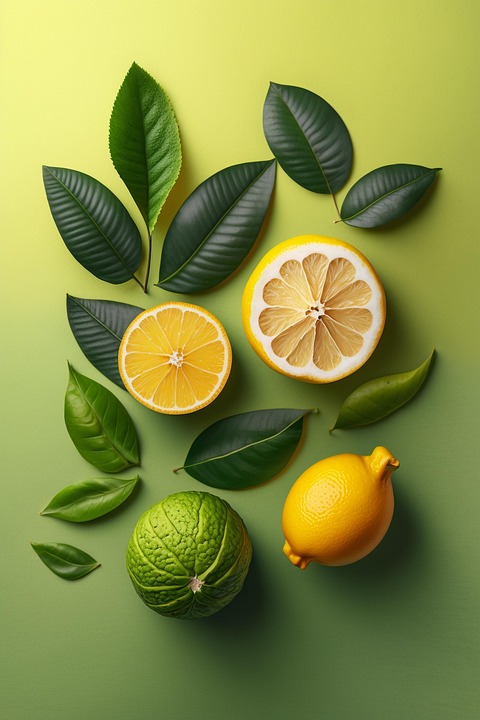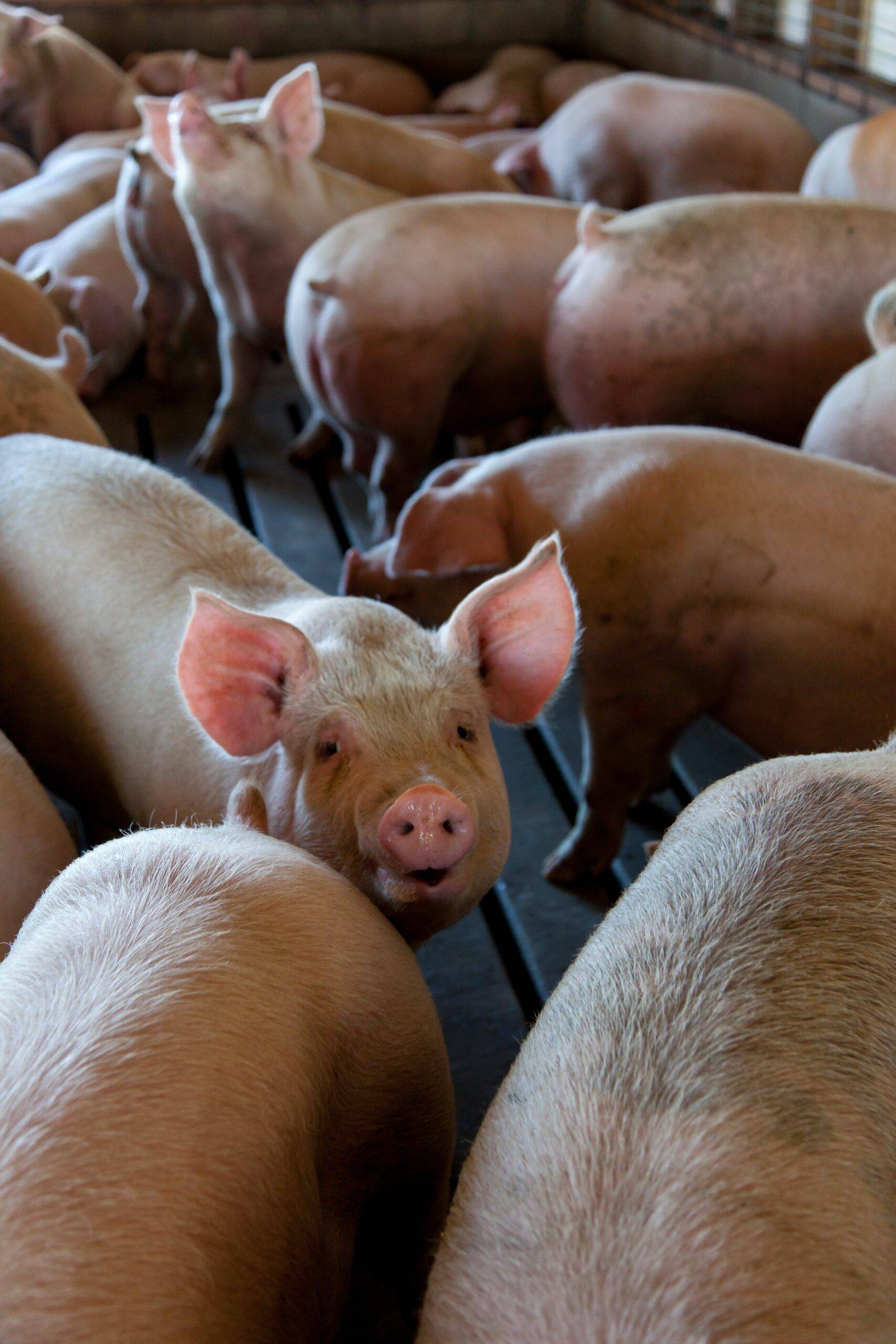Introduction
The global lemon trade is an essential component of the agricultural market, with lemons being one of the most widely consumed citrus fruits. As the demand for lemons continues to rise, innovations in packaging are crucial for ensuring quality, safety, and efficiency in transportation. This report explores the top 10 lemon packaging innovations that are making waves in global trade, providing detailed insights into their benefits, financial implications, and market trends.
1. Biodegradable Packaging Solutions
Biodegradable packaging is becoming increasingly popular due to its environmental benefits. Made from materials like cornstarch and sugarcane, these packages decompose naturally, reducing landfill waste. According to a study by the Global Bioplastics Alliance, the market for biodegradable packaging is expected to grow to $20 billion by 2024.
For lemon packaging, biodegradable options can maintain freshness while being environmentally friendly. Companies like BioPack have developed compostable bags specifically for fresh produce, including lemons. This innovation not only appeals to eco-conscious consumers but also helps companies comply with stricter environmental regulations.
2. Modified Atmosphere Packaging (MAP)
Modified Atmosphere Packaging (MAP) is a technology that modifies the composition of gases in the packaging to extend shelf life. By replacing oxygen with nitrogen and carbon dioxide, MAP slows down the ripening process of fruits like lemons.
Research shows that MAP can extend the shelf life of lemons by up to 30%. This extension can significantly reduce food waste and improve profitability for growers and distributors. For example, a study from the Food and Agriculture Organization (FAO) indicated that the global economic loss due to food waste could be reduced by 25% with effective packaging solutions like MAP.
3. Smart Packaging Technology
Smart packaging technologies are revolutionizing the way lemons are packaged and transported. These innovations use sensors and indicators to monitor the freshness and quality of the fruit during transit.
For instance, companies are now employing RFID (Radio Frequency Identification) tags that provide real-time data on temperature and humidity levels. A report from MarketsandMarkets estimates that the smart packaging market will reach $28 billion by 2026. This technology not only enhances the consumer experience by ensuring fresh lemons reach the market but also minimizes losses due to spoilage.
4. Vacuum Sealing
Vacuum sealing is another innovative packaging method that is gaining traction in the lemon industry. By removing air from the packaging, vacuum-sealed lemons have a significantly longer shelf life.
Statistics show that vacuum sealing can extend the freshness of lemons by up to 50%. This method is particularly beneficial for exporting lemons over long distances, as it reduces the risk of spoilage. Companies such as FreshBox offer vacuum-sealed lemon packaging, which has become popular among retailers looking to provide longer-lasting products to consumers.
5. Edible Coatings
Edible coatings are a novel approach to lemon packaging that involves applying a thin layer of edible material to the fruit. This coating can help retain moisture and improve shelf life without the need for traditional packaging materials.
A study published in the Journal of Agricultural and Food Chemistry found that lemon coated with an edible film showed a 20% increase in shelf life compared to uncoated lemons. This innovation is particularly appealing to health-conscious consumers who prefer minimal packaging. Companies like Apeel Sciences are pioneering edible coatings that could change the landscape of lemon packaging.
6. Reusable Packaging Systems
The concept of reusable packaging systems is gaining popularity in the lemon industry as businesses seek sustainable solutions. These systems involve using durable containers that can be cleaned and reused multiple times, reducing waste.
For example, companies like RePack are offering reusable, returnable packaging for various fruits, including lemons. This approach not only benefits the environment but also reduces packaging costs over time. The reusable packaging market is projected to reach $95 billion by 2027, showcasing its potential for growth in the lemon trade.
7. Innovative Labeling Solutions
Labeling is an essential aspect of lemon packaging, providing crucial information to consumers. Innovative labeling solutions, such as QR codes and augmented reality (AR), enhance the consumer experience while offering transparency about the product’s origin and handling.
For instance, a study by the Food Marketing Institute found that 73% of consumers are willing to pay more for products that provide traceability. By incorporating QR codes into lemon packaging, consumers can scan the code to access information about the farm, harvesting methods, and nutritional benefits. This transparency fosters trust and can increase sales.
8. Temperature-Controlled Packaging
Temperature-controlled packaging is vital for transporting perishable items like lemons. This innovation uses insulated materials and gel packs to maintain a consistent temperature during transit, ensuring that lemons remain fresh.
According to the International Journal of Refrigeration, temperature-controlled packaging can reduce spoilage rates by up to 40%. Companies such as Cold Chain Technologies specialize in temperature-controlled packaging solutions that cater to the lemon trade, providing a competitive edge in the market.
9. Lightweight Packaging Materials
Lightweight packaging materials are becoming increasingly important in the lemon industry, as they reduce transportation costs and environmental impact. Innovations in materials science have led to the development of lightweight yet durable packaging options.
For example, companies are now using advanced plastics and composite materials that weigh significantly less than traditional packaging. A report from the World Economic Forum indicated that switching to lightweight packaging could save the global food industry up to $1 trillion by 2030. This shift not only benefits the lemon trade but also contributes to sustainability goals.
10. Automation in Packaging Processes
Automation is another trend shaping lemon packaging innovations. Automated packaging systems can increase efficiency, reduce labor costs, and minimize human error.
Companies are investing in robotic systems for sorting, packing, and labeling lemons. According to a report by Research and Markets, the global automation market in the food and beverage sector is expected to reach $200 billion by 2026. This trend allows lemon producers to scale their operations while maintaining high-quality standards.
Financial Implications of Packaging Innovations
The financial implications of these packaging innovations are significant. By adopting advanced packaging solutions, lemon producers can reduce waste, extend shelf life, and ultimately increase profitability.
For instance, the adoption of MAP and temperature-controlled packaging can lead to savings on logistics and reduced spoilage rates. A study by the Institute of Food Technologists indicated that companies implementing innovative packaging could see profit margins increase by 15% to 30%.
Additionally, the demand for sustainable packaging is driving consumers to prefer brands that prioritize eco-friendly practices. According to a Nielsen report, 66% of global consumers are willing to pay more for sustainable brands, which can lead to increased sales for lemon producers who embrace these innovations.
Market Trends and Future Outlook
The market for lemon packaging innovations is expected to grow significantly in the coming years. As consumers become more aware of sustainability issues and seek high-quality products, the demand for innovative packaging solutions will increase.
According to a report by Smithers Pira, the global packaging market is projected to reach $1 trillion by 2024, with a significant portion attributed to innovations in food packaging. Lemon producers who invest in these packaging trends will likely gain a competitive edge in both domestic and international markets.
Conclusion
In conclusion, the lemon packaging innovations outlined in this report are transforming the global trade of lemons. From biodegradable solutions to smart packaging technologies, these innovations are not only enhancing the quality and longevity of lemons but also addressing consumer demands for sustainability and transparency.
As the market continues to evolve, lemon producers must stay abreast of these trends and consider incorporating innovative packaging solutions to improve their operations and profitability. The future of lemon packaging looks promising, with countless opportunities for growth and advancement in this essential sector of the agricultural industry.



